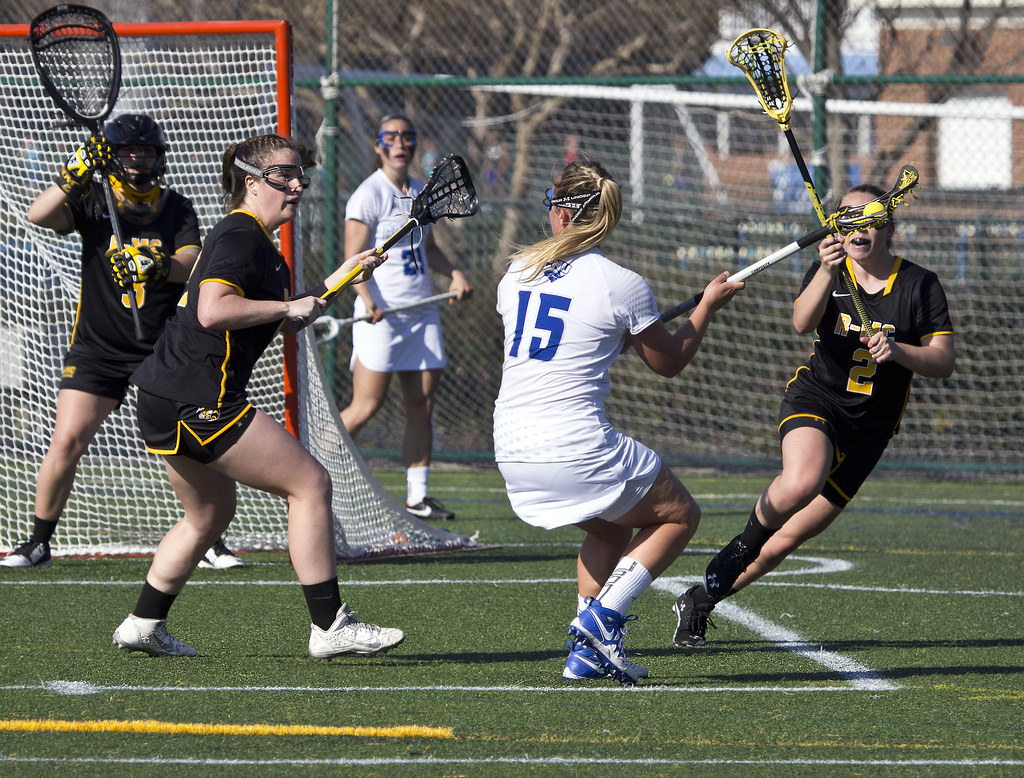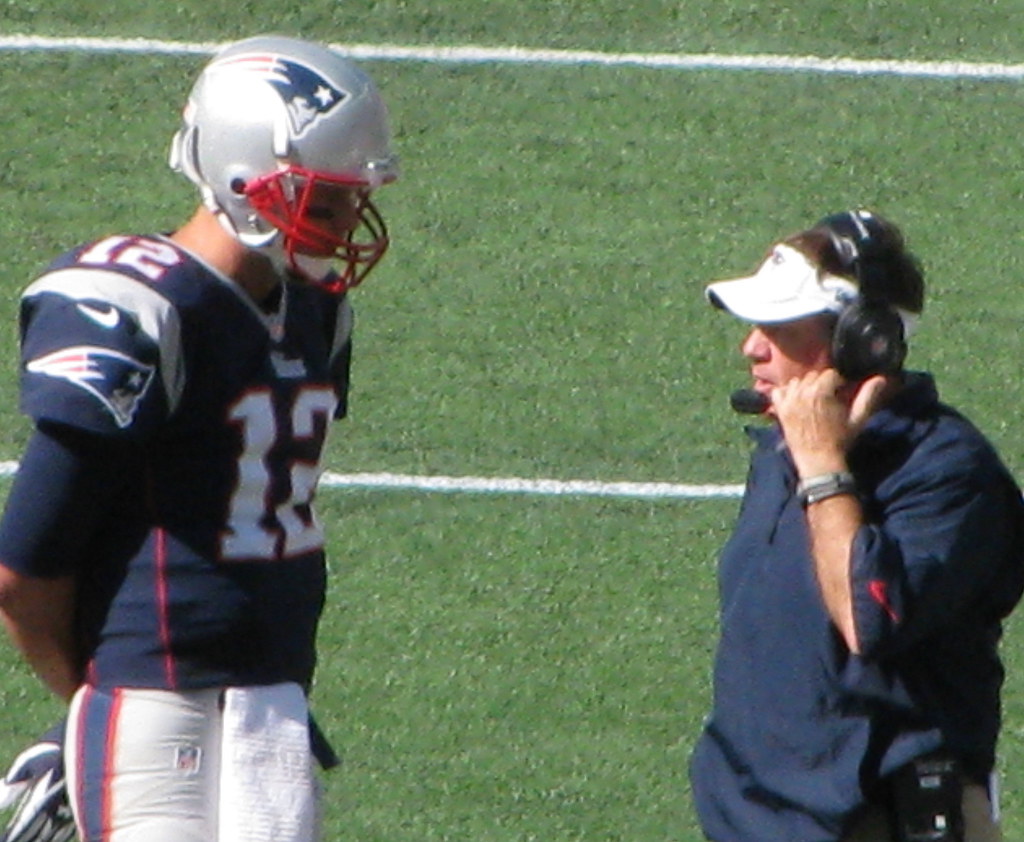Kenyan marathoner Kelvin Kiptum died in a car crash on Feb. 11, dealing a devastating blow to the long-distance running community. The 24-year-old, in the prime of his career, was drawing closer to the magical, seemingly mythical sub-two-hour marathon. The achievement would arguably be the single greatest record in the history of running.
The loss rippled across worldwide athletics on the whole, as Kiptum seemed the only person poised to cross the barrier in the coming months.
Last year in the Chicago Marathon, Kiptum broke the world record time by more than 30 seconds, bringing it down to 2:00:35. It was a reasonable assumption that Kiptum, with more training and experience, could shave off those last 35 seconds at some point this year or next.
Kiptum was shining a light on the very limits (or limitless potential) of human capability.
A host of athletes gathered at the hospital where Kiptum’s body was taken after the accident. One of them, former women’s steeplechase world champion Milcah Chemos, spoke to ESPN through tears.
“I have no words to explain the loss of Kelvin,” she said.
Kiptum’s achievements and future brought on speculation about how far the human body can push such times and records (the same holds true for all track and field events).
It takes an extreme amount of preparation and training for someone to run a marathon at all — a mind-boggling 26 miles — nevermind in under two hours.
Most people never stop to do the math in order to realize just how fast these runners are going. The average human sprinting speed is just over 14 mph. In his world record run, Kiptum ran a steady pace of 4:36 per mile, meaning he ran 13 mph for the entire race. Imagine going at nearly a full sprint for 26 consecutive miles — because that is exactly what he did.
“I have only run a half marathon in just under 2 hours,” AMSA cross-country runner Dylan Zickus said. “Even that was enough for me to injure my ankle. I cannot imagine going twice the distance in the same amount of time.”
The toll taken on the body from running long distances is also extreme. The muscles in the legs have to work very hard for an extremely long time, all while the body is trying to restore oxygen as quickly as possible. The body also tries to store as much glycogen, the body’s energy source, as it can, which becomes more difficult the longer the muscles are worked.
“Pushing your body to the limits always has the potential to be harmful,” AMSA anatomy and physiology teacher Robert Jekanoski said. “The repeated impact on your joints also has a huge impact over time, causing cartilage breakdown, leading to arthritis.”
The fact Kiptum was so close stretches the imagination. There are other great long-distance runners, and someone at some point will almost surely finish in less than two hours, but it was seemingly Kiptum’s milestone, the mark that would etch his name into the record book for eternity.
“I am not sure what the limit [for the human body] truly is, but research keeps improving and the boundaries keep getting tested,” Mr. Jekanoski said. “I am curious to see where it ends up. Maybe we will eventually realize that the runners of the current day could never keep up with the runners in 20 years.”
The death of Kiptum will be mourned in the sports world for years to come. The greatest runner in the world, who was so close to breaking the ultimate barrier, was lost in a matter of seconds. The completion of the once-unimaginable sub-two-hour marathon will have to wait just a little bit longer — and if and when it happens, it is sure to come with a sense of tragedy.








